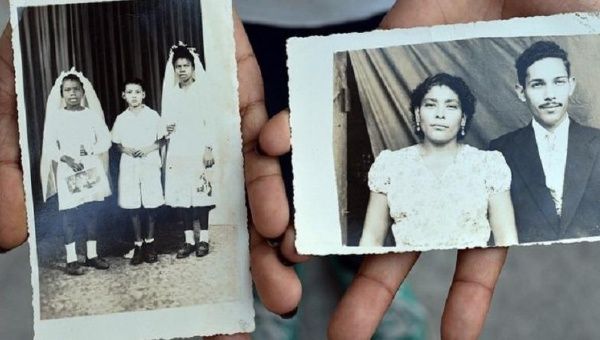An Artist Reinvents Herself to Mine the Fictions of AmericaPosted in Articles, Arts, Identity Development/Psychology, Media Archive, United States, Women on 2017-01-10 02:24Z by Steven |
An Artist Reinvents Herself to Mine the Fictions of America
Hyperallergic
2017-01-09
Genevieve Gaignard makes the personal political while also creating new American mythologies.
LOS ANGELES — In the lead-up to a Trump presidency, the worst possible outcome for an America that has come so far in the past 100 years in terms of social progress and civil rights, it’s not insane to think that conservatives could take us back to a pre–Roe v. Wade era, to a time when all race-based hate crimes were labeled as basically normal. Not to mention that the environment and the economy will go to hell. This is not our country, and this is not the new normal — this is a time for refusal, a time to resist rather than to hallucinate into some sort of feeble complacency.
The election was certainly on my mind when I saw LA artist Genevieve Gaignard’s exhibition Smell the Roses at the California African American Museum. The characterizations that she creates in her work mine the intersections of race, class, and gender, portraying some of the vulnerable Americans who will be most affected by the next four years (or fewer, if Trump gets impeached like Michael Moore is predicting!).
This is Gaignard’s first solo museum show, which follows her solo exhibition Us Only last year at Shulamit Nazarin Gallery in Venice, California. Here, Gaignard continues her exploration of the space between performance and the reality of race, class, and gender through different personas or avatars, domestic spaces, and collections of Americana kitsch and knickknacks, toeing the line between high and low culture, between fiction and personal history. As the fair-skinned daughter of a black father and a white mother, her work speaks to being mixed race, discussing issues of visibility and invisibility. She mixes highbrow and lowbrow aesthetics — a major influence is John Waters, who similarly indulges in camp and kitsch. Gaignard’s arrangements of objects ranging from books and records to family photographs mix the familial and the political in a way that’s reminiscent of Rashid Johnson’s post-minimalist, cold domestic “shelves.” The difference is that in Gaignard’s work, every object emanates warmth. It’s fitting that her exhibition deals heavily with the emotional experience of loss on both a personal and political level…
Read the entire article here.




